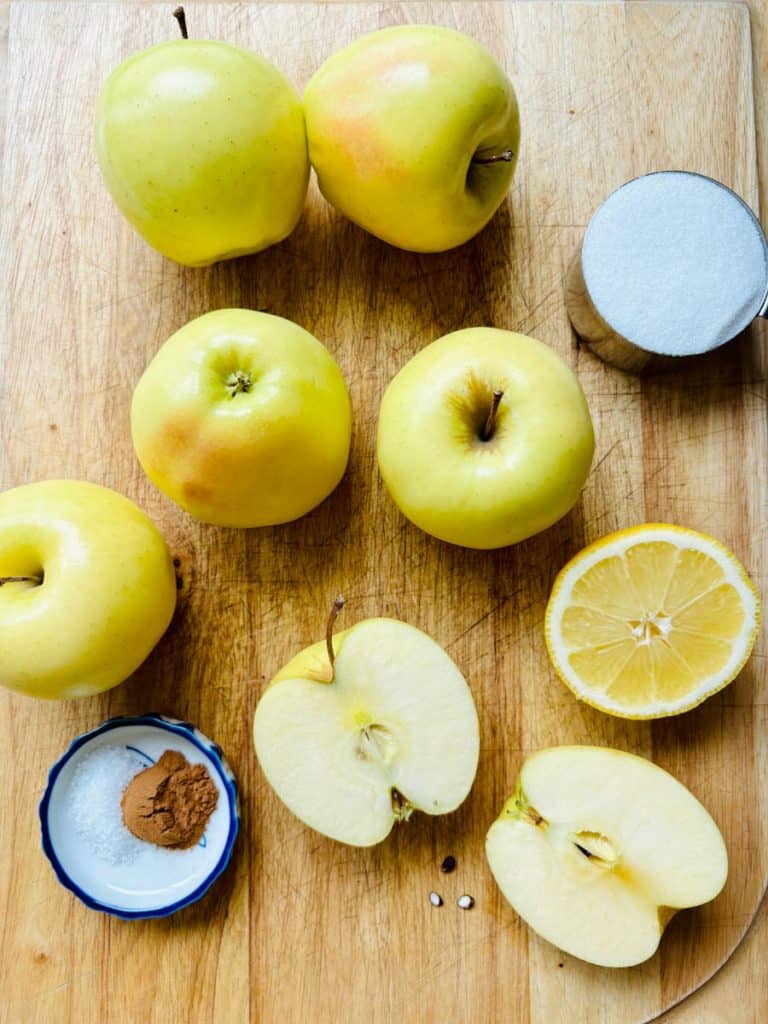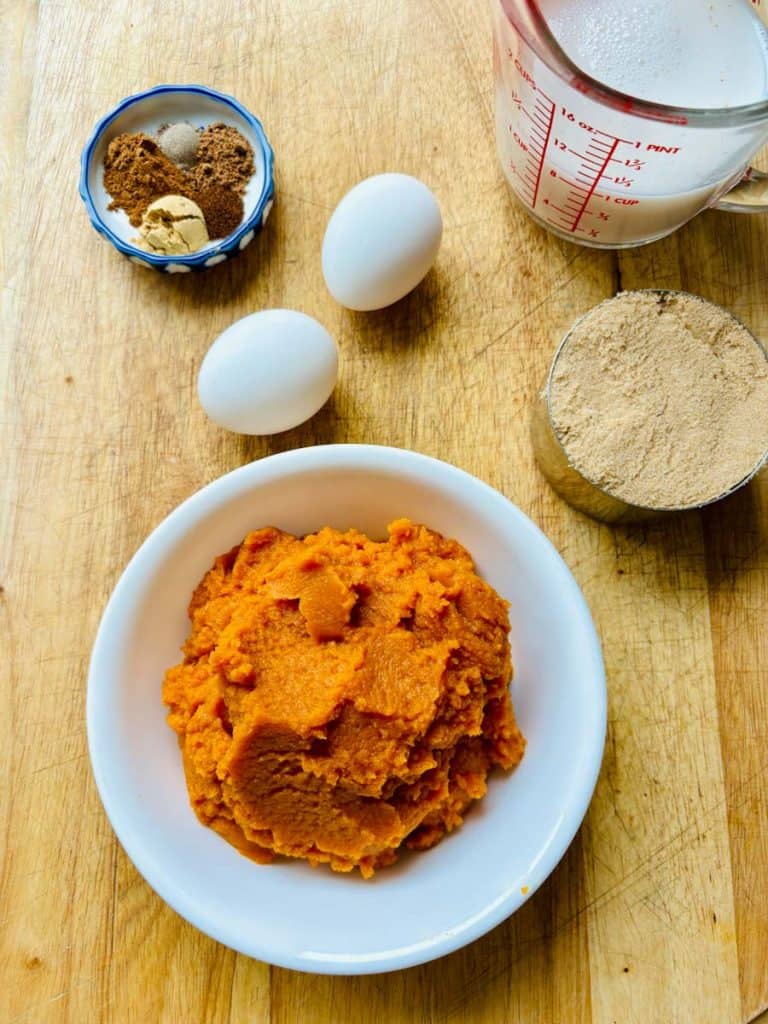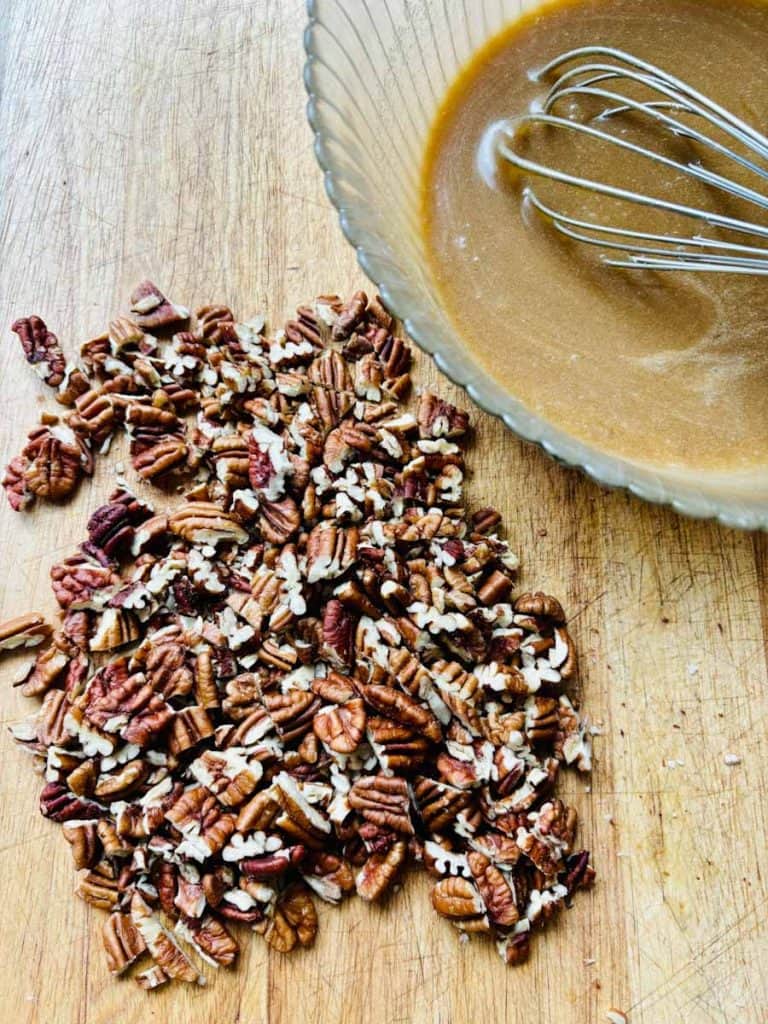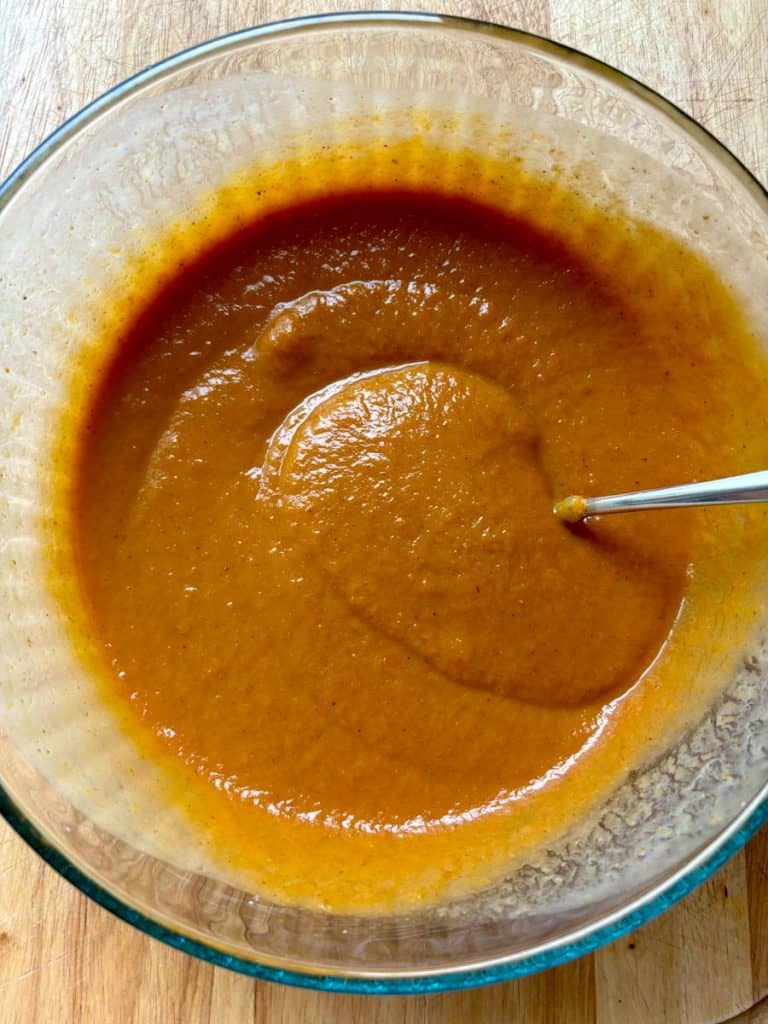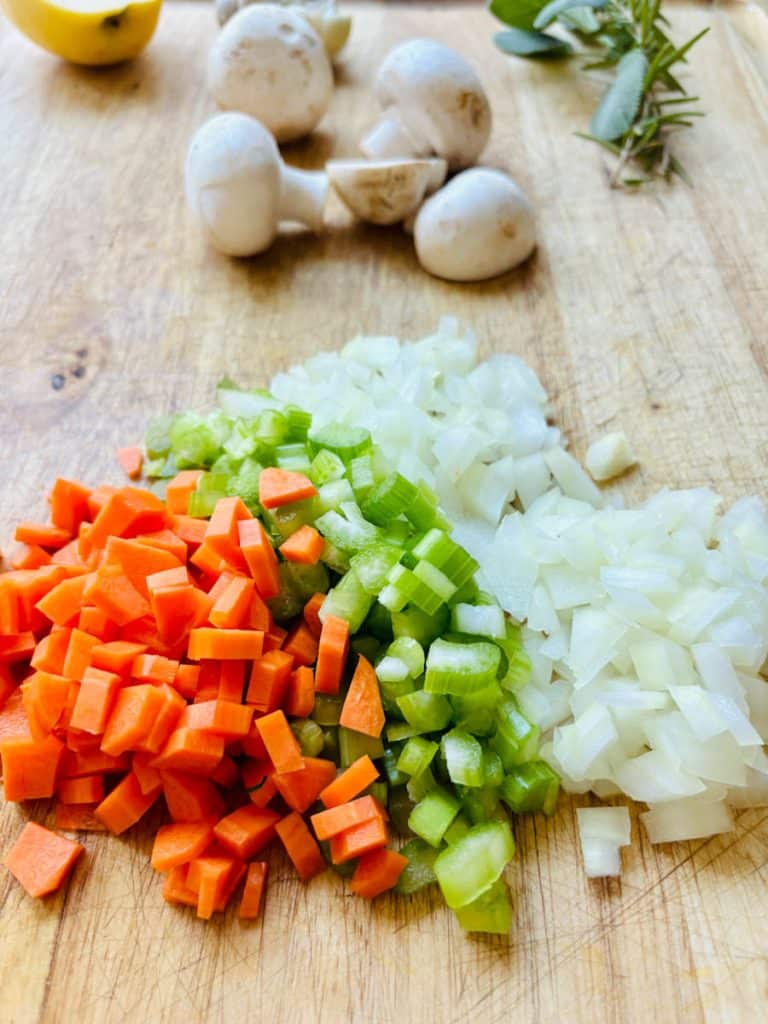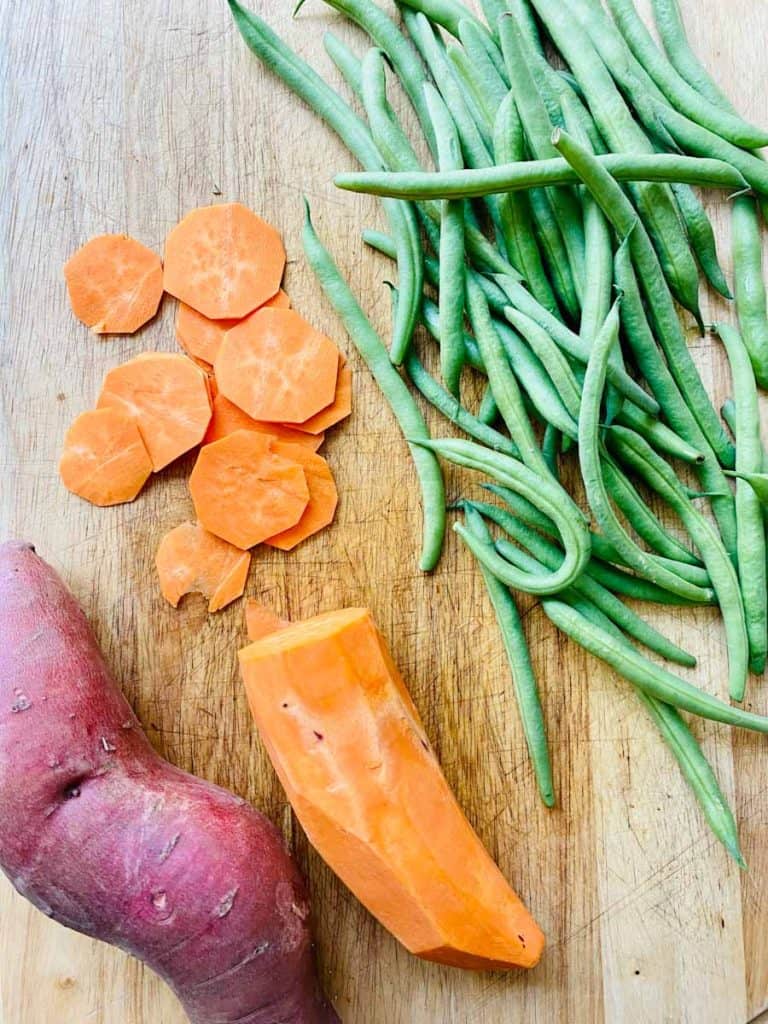Jam-Swirled Meringue Cookies

Light and crisp on the outside, marshmallowy on the inside, Jam-Swirled Meringue Cookies are like delicious edible clouds. What makes these cookies so white and fluffy? Meringue.
What is Meringue?
When we think of meringue, many things come to mind. The billowy white topping on a lemon meringue pie. Light-as-air crisp pavlova topped with whipped cream and fruit. Or delicate macaron cookies sandwiched with buttercream.
All of them are meringue.
At its core, meringue is just egg whites and sugar whipped together. But, the kind of sugar and the temperature of the egg whites make a difference between the resulting types of meringue.

The three types include
- French. This is the most common one. Egg whites are beaten and granulated white sugar is gradually added until the mixture becomes glossy white with soft or stiff peaks. It is the lightest and least stable type. Cream of tartar or lemon juice may be added to stabilize it. French meringue is baked into cookies, pavlova, or folded into souffles.
- Italian. Egg whites are beaten and a hot sugar syrup is gradually beaten into them until a stiff meringue is formed. It is the most stable of all the types because it is partially cooked. Italian meringue is used in Italian buttercream frosting, to cover Baked Alaska, or incorporated into semifreddo.
- Swiss. Both egg whites and sugar are heated in a double boiler and beaten until a certain temperature is reached. It is then beaten until cooled and silky smooth. Swiss meringue is used as a base for meringue decorations or frostings because of its density.
How to Make French Meringue
Meringue has a reputation of being finicky and difficult to make. I’ve had my share of failures with it, but have learned there are a few tricks to ensure meringue success.


- The easiest trick is to always start with a squeaky clean bowl and beaters. Washing them in hot soapy water, drying everything, and then wiping it down with a paper towel that is dampened with white vinegar guarantees that your tools are up to the task.
- Use room-temperature eggs. Carefully separate the whites from the yolks (use the yolks for another recipe), then allow them to sit out of the fridge for 30-ish minutes on the counter. Your meringue will have more volume if the egg whites aren’t fridge cold.
- Add the sugar very slowly, about 1 tablespoon at a time. We need the sugar to dissolve and incorporate into the egg whites before adding more sugar. If we add the sugar too quickly, it does not fully dissolve and we wind up with a gritty texture. It will require all the patience you can drum up, and then some more.
The payoff is a bowl of white, billowy goodness that make up these delicious cookies.

Lessons Learned
- Absolutely do not store these cookies in the fridge. They will go soft and weepy like a first-time grandma. Keep them in an airtight container at room temperature. You can also freeze them.
- Use any kind of jam you'd like. Nutella and tahini are good options, too.
- Meringue is not hard to make, but does take some monitoring and patience. If you like meringue, try Cape Gooseberry Pavlova for a real treat.
Hat Tips
Many thanks to Country Hill Cottage for the meringue cookies recipe without cream of tartar and to Driscolls for the jam swirl technique.

























